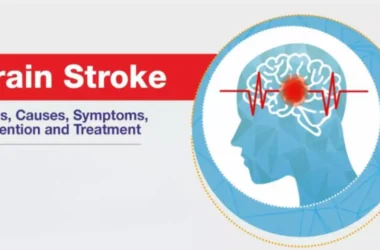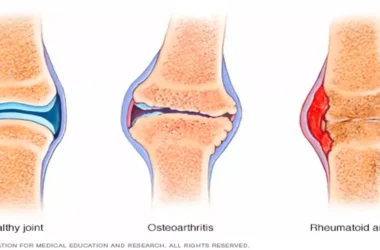[ez-toc]
Navigating the complexities of autoimmune diseases, Multiple Sclerosis (MS) stands out as a condition that defies simple explanations.
This article is crafted to demystify MS by exploring the underlying causes, identifying risk factors, and highlighting preventive strategies, all backed by the latest research.
Our goal is to empower individuals with knowledge, offering a beacon of hope in the face of uncertainty.
Decoding the Origins of Multiple Sclerosis
Multiple Sclerosis is recognized as an autoimmune disorder where the immune system erroneously assaults its tissues, focusing its attack on the myelin sheath of nerve fibers in the brain and spinal cord.
This misdirected assault disrupts the seamless communication between the brain and the body, potentially leading to irreversible nerve damage.
The precise cause of MS remains elusive, yet researchers pinpoint a confluence of genetic predispositions and environmental influences as primary culprits.
Genetic Links: A Familial Connection
A wealth of research underscores a genetic dimension to MS, suggesting a heightened risk among those with family members afflicted by the disease.
Also Read: Understanding Autism Spectrum Disorder in Adults: Recognizing the Signs
However, it’s crucial to note that MS doesn’t follow a straightforward inheritance pattern. Instead, specific genetic markers may elevate the susceptibility to MS.
Environmental Influences: Beyond Genetic Predispositions
A series of environmental factors have been implicated in the heightened risk of developing MS, including:
- Vitamin D Deficiency: A significant body of evidence links low vitamin D levels with an increased risk of MS. Sunlight exposure, a primary source of vitamin D, appears to play a pivotal role in modulating immune system responses.
- Smoking: The act of smoking has been shown to not only raise the likelihood of developing MS but also to accelerate disease progression.
- Geographical Variations: The incidence of MS increases with distance from the equator, suggesting a potential link between sunlight exposure, vitamin D synthesis, and MS risk.
- Viral Triggers: Certain viral infections, notably the Epstein-Barr virus, have been associated with a higher risk of MS, potentially acting as catalysts in genetically predisposed individuals.
Understanding Risk Factors: Age, Gender, and More
MS most commonly manifests between the ages of 20 and 40, though it can occur at any age. Women are disproportionately affected, with two to three times the risk compared to men, particularly with the relapsing-remitting form of MS.
Is Prevention Within Reach?
Given MS’s multifactorial nature, outright prevention remains a challenge. Nonetheless, lifestyle modifications may mitigate risk or temper the disease’s impact.
Ensuring adequate vitamin D intake, avoiding smoking, and maintaining a healthy lifestyle supportive of immune health are all advisable strategies.
Empowerment Through Informed Choices
Armed with an understanding of MS’s causes and risk factors, individuals are better positioned to seek early intervention and adopt lifestyle choices conducive to health and wellness.
Those concerned about MS risk should engage with healthcare professionals to explore personalized preventive measures.
Navigating Towards Hope
As researchers continue to untangle the complexities of MS, staying informed and proactive remains our best defense. With each scientific breakthrough, we edge closer to more effective treatments and, ultimately, a cure.
Sources and Further Reading
- National Multiple Sclerosis Society: An overview of MS, including symptoms, treatment options, and ongoing research. Visit the National MS Society
- Vitamin D and Multiple Sclerosis: Exploring the connection between vitamin D levels and MS risk. Read more at the Vitamin D Council
- Smoking and MS: Investigating how smoking influences MS progression. Discover insights at the American Lung Association
- Geographic Distribution of MS: A study on the prevalence of MS in relation to geographical location. Access the study on the MS International Federation website
Conclusion
While the journey to fully understanding and combating Multiple Sclerosis continues, equipping ourselves with the latest research and embracing healthy lifestyle choices can significantly influence our journey with this condition.
Let knowledge and proactive health decisions light the way as we navigate the complexities of MS together.




